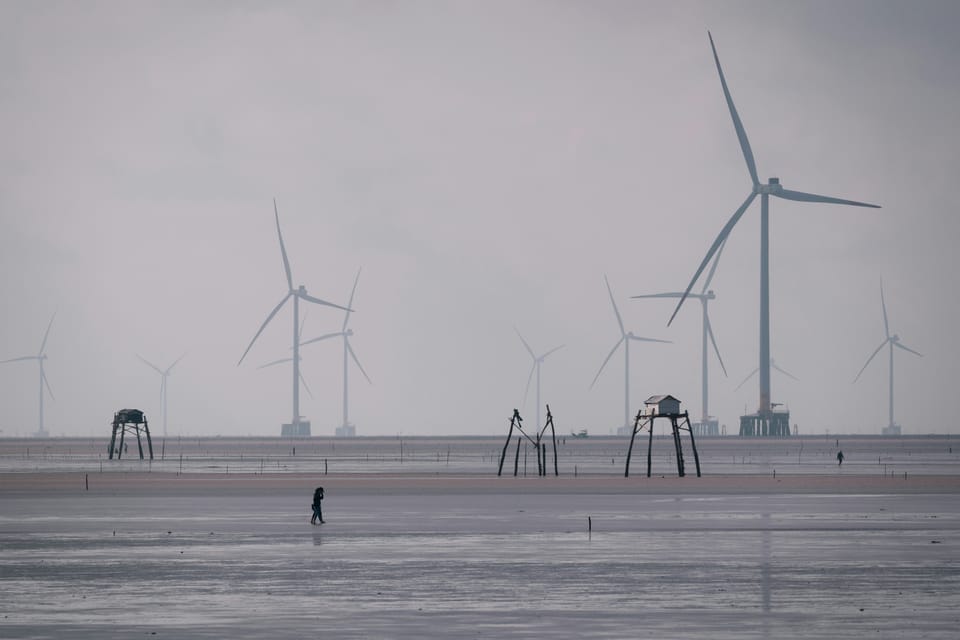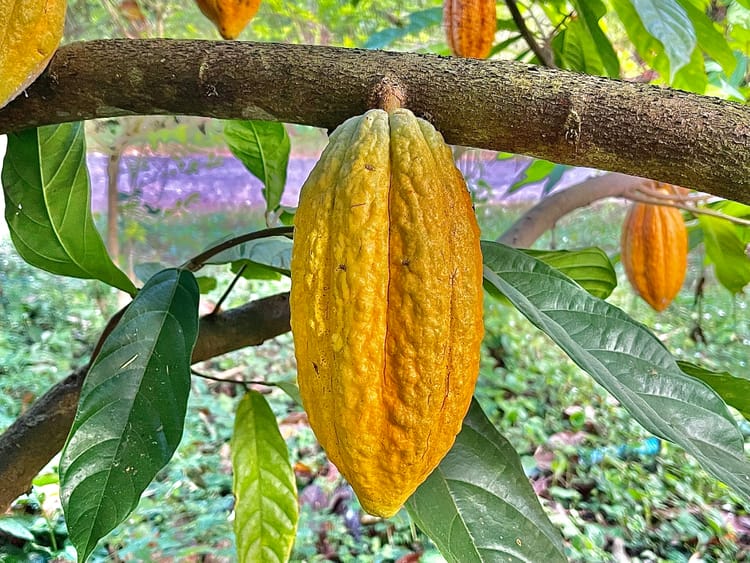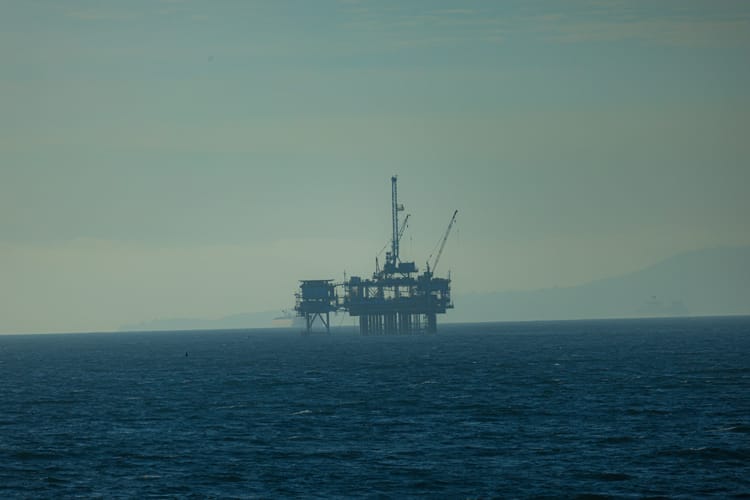Record wind installations in 2024 mask volatility and uncertainty for the sector

The wind industry installed a record 117 GW of energy capacity across the world last year – but increasing volatility and political uncertainty are threatening future developments.
This is according to the latest Global Wind Report published this week by the Global Wind Energy Council (GWEC), which warns that permitting, grid transmission and auctioning mechanisms must be improved in order for wind to keep pace with the global trend for electrification.
While new wind installations last year were still at a record high, growth stagnated compared to 2023, which also saw 117 GW of new capacity installed. And with a less supportive policy environment in the US – with President Trump blocking previously approved wind projects, the wind sector’s ability to meet growing clean energy demand is at stake.
"Wind energy continues to drive investment and jobs, improve energy security and lower consumer costs, we are seeing a more volatile policy environment in some parts of the world, including ideologically driven attacks on wind and renewables and the halting of under construction projects, threatening investment certainty,” said Ben Backwell, GWEC CEO.
The report forecasts a compound average growth rate of 8.8% for the wind industry, which means another 981 GW of capacity across the globe by 2030.
Regional disparities in wind development
Additionally, GWEC points out that the “headline numbers” mask large disparities in the pace of deployment across countries, with most of the installations taking place in a small number of mature markets like China and Europe.
In 2024, China installed no less than 79.8 GW of new capacity – nearly 70% of the total for the year. It was followed by the US and Germany at 4 GW each, India at 3.4 GW and Brazil at 3.2 GW.
Those same five markets now also make up the top five for total installations, as of the end of 2024, with Brazil overtaking Spain.
The Asia-Pacific region saw a 7% year-on-year growth rate, while Africa and the Middle East saw a 107% year-on-year growth rate, with Egypt installing 794 MW and Saudi Arabia 390 MW. Meanwhile, North America, Latin America and Europe all experienced a decline in new installations compared with 2023.
Impact of Trump tariffs on wind sector
While the wind industry is expected to be less affected by Trump’s tariff war than solar panel manufacturers, GWEC also warns that new tariffs may affect future growth and the sector’s ability to contribute to the necessary tripling of renewable energy by 2030.
“The aggressive stoking of tariff wars adds further uncertainty to international investment decisions and threatens to disrupt the international supply chains which the wind industry relies on. The full costs on our industry of the wide array of declared and threatened tariffs we have seen – both general and on specific commodities such as steel - have yet to be fully calculated,” Backwell added.
“It's vitally important that policy makers around the world don’t take their eyes of the prize, ensure stable and predictable market frameworks, work within multilateral frameworks to ensure free and fair trade, and work with investors and industry to enable rapid deployment of clean, efficient wind power to support economic growth, resilience, and prosperity.”







Member discussion